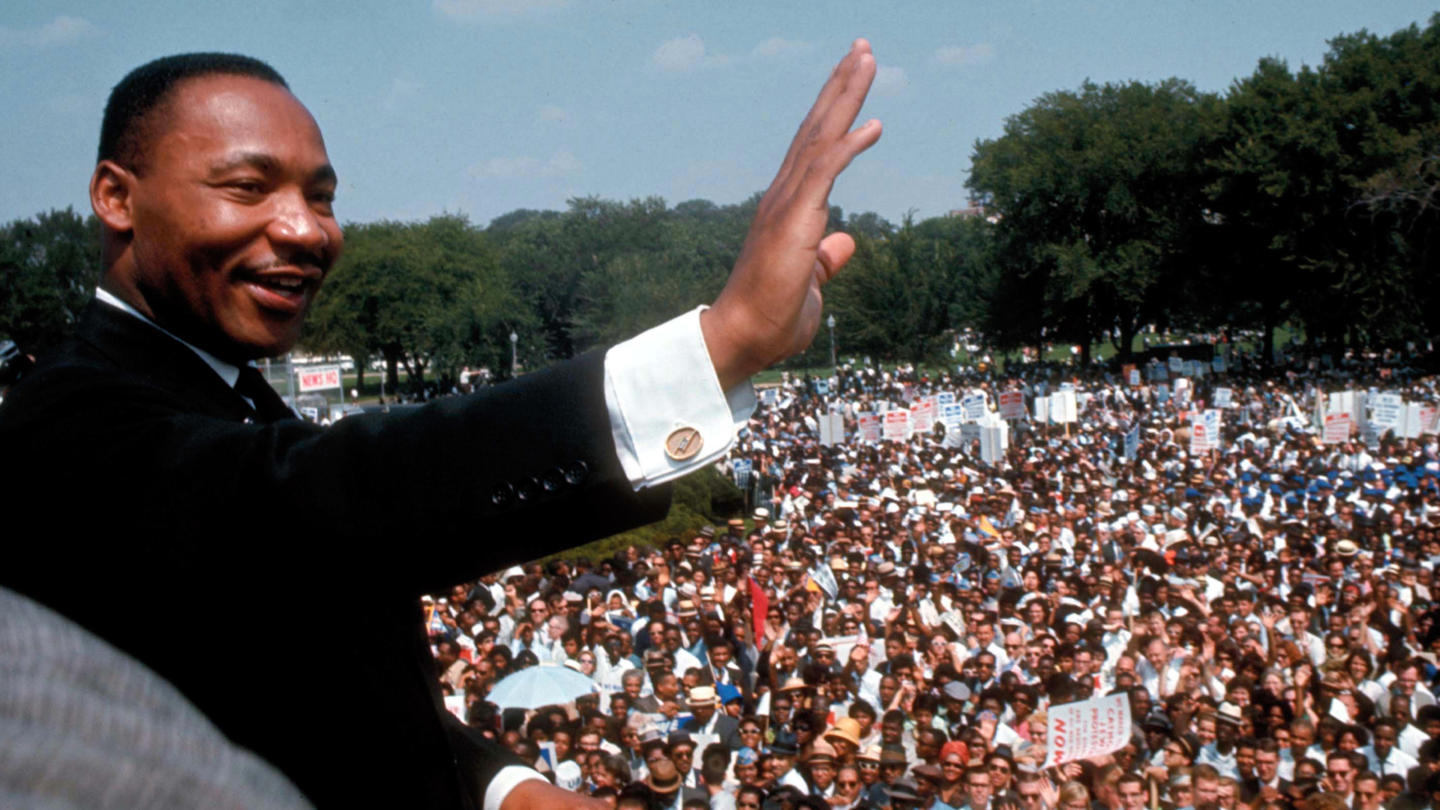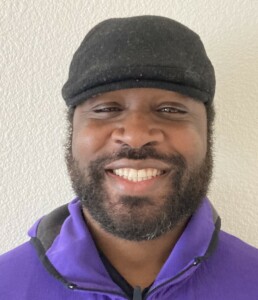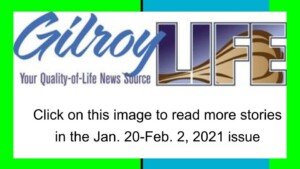Community Voices by Mark Pierce: Decades after King’s speech, we still carry dream of social equality
Let us all continue to battle for equity in America.

Dr. Martin Luther King, Jr.s “I Have a Dream” speech delivered at the 1963 March on Washington remains one of the most famous speeches in American history.
By Mark Pierce

Mark Pierce
Dr. Martin Luther King, Jr. stood in the heart of our nation’s capital Aug. 28, 1963, and delivered one of the most iconic speeches in American history.
The image produced that day, even if for just one moment in time, was of a “united” America free from racial injustice with economic equality for all. More than 250,000 people stood in front of the Lincoln Memorial listening to the vision of a preacher from Atlanta who foretold the very American dream we are living in this day.
By no stretch of the imagination am I saying we have fully arrived at the vision Dr. King had for our nation. However, until October 2020, I truly believed that the echoes from 1963’s freedom ring had reached the “curvaceous slopes of California.”
Unfortunately, the significance of race in America remains critical to this day. In light of the Black Lives Matter protest post-George Floyd’s killing, the Silicon Valley Organization posted a controversial photo meant to demonstrate the consequences of defunding the police by 80 percent. The photo was a black and white picture of black men rioting in the streets of South Africa with no police officers in sight. If pictures are worth a thousand words, then that picture represented exactly how colorblind tech giants in Silicon Valley had become. Almost synonymously, I was reminded of an incident that occurred to me on Oct. 26 last year.
 I was standing outside of a local restaurant in Morgan Hill when I was assaulted by three white males in broad daylight. While waiting in line to place an order, I was accused by one of the older white males of holding up the line. After responding that I hadn’t been helped yet, another white male heckled me because I was “yapping” on my cell phone and ruining his lunch.
I was standing outside of a local restaurant in Morgan Hill when I was assaulted by three white males in broad daylight. While waiting in line to place an order, I was accused by one of the older white males of holding up the line. After responding that I hadn’t been helped yet, another white male heckled me because I was “yapping” on my cell phone and ruining his lunch.
Offended by my lack of movement, yet another older white male approached me from behind and said, “If you don’t move out of the way, then I will mop you up with the floor, you monkey.” Shock and awe are an understatement to what I felt in that moment because up until then, I too bought into an idea of color-blindness.
Color-blindness shifts focus from systematic racism before the 1950s and into a more neutral, quasi-racist ideology that avoids the subject of race as a whole. As an educated Black man, I often felt like negative reactions, like we saw in the killing of George Floyd, would sometimes escalate into a situation ultimately leading to a Black man’s demise. The truth is that the only way we can move forward as a nation and as a community is if we continue to talk about these incidents.
 As an educator, I take on the responsibility to bleed culture into academia to give students an opportunity to engage in cultural and racial issues facing American society. I decided to present the incident to my AP government class, in order to prepare my students for their tomorrow. In academia we call this “civil discourse,” and I believe we need to have more discussions about similar incidents. On Martin Luther King, Jr. Day Jan. 18, let us all remember everything he stood for and continue to battle for equity in America.
As an educator, I take on the responsibility to bleed culture into academia to give students an opportunity to engage in cultural and racial issues facing American society. I decided to present the incident to my AP government class, in order to prepare my students for their tomorrow. In academia we call this “civil discourse,” and I believe we need to have more discussions about similar incidents. On Martin Luther King, Jr. Day Jan. 18, let us all remember everything he stood for and continue to battle for equity in America.
Mark Pierce teaches social science and is a resident of Morgan Hill. He graduated in the 2020 Leadership Morgan Hill class.
